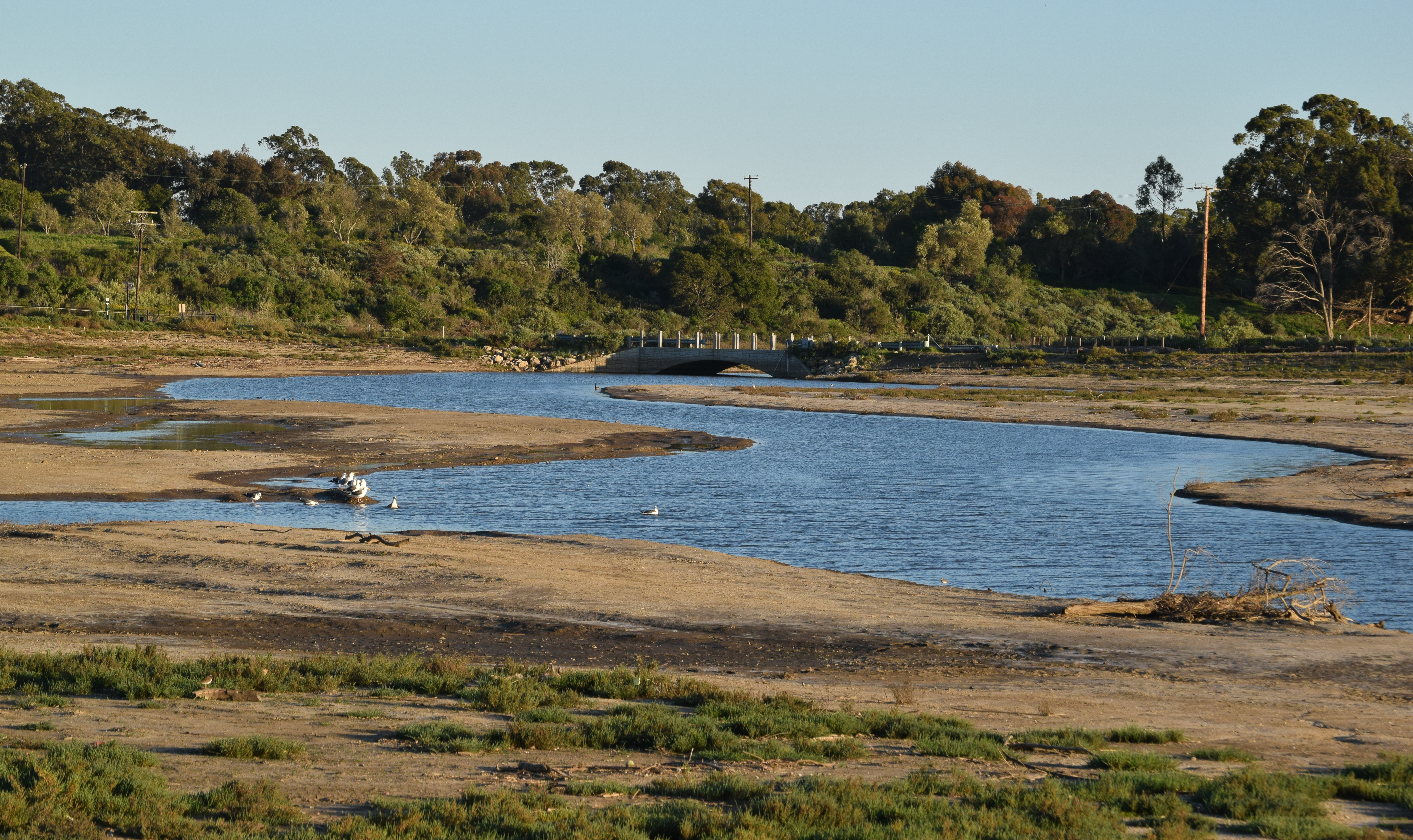Restoring the Devereux Wetlands
Devereux Now Provides More Insurance Again Sea Rise and Extreme Storms While Adding Birds, Beauty, and Biodiversity

My last article (independent.com/wetlands) focused on the potency of wetlands for carbon sequestration. Here in our local backyard there is a stellar example of a sizeable wetland restoration project. A unique collaboration between The Trust for Public Land and UCSB is undoing a large area of developed land that caused severe damage to parts of the Devereux Slough. The 136-acre north-campus open-space project is restoring the area to salt marshes, coastal sage scrubs, grasslands, native perennials, freshwater marshes, vernal pools, and riparian woodlands.
Not surprisingly, the Ocean Meadows Golf Course, developed in 1960 in the middle of the Devereux watershed, was losing money due to periodic flooding. The Trust, working with the UCSB Cheadle Center for Biodiversity and Ecological Restoration, purchased the land in 2013 for $7 million and gifted it to UCSB.
The project broke ground in 2017. Eight-foot-deep drainage channels were cut through the area as extensions of the Devereux and Phelps creeks. These channels and their bordering saltmarshes and mudflats are designed for flexibility—to accommodate heavy rains and lower the risk of flooding. Being that the area is an intermittent tidal estuary, it can also handle large volumes of water from the sea, thus better adapting to storm surges from the ocean and even sea-level rise. The gentle slopes can handle the slow buildup of sediment and organic matter when deposited during high tides. Eventually with sea-level rise, the system will transform from “an intermittently open estuary to a fully tidal estuary.”

In just two years, hundreds of thousands of natives, all propagated from seeds collected nearby, have been planted. The restoration planting is expected to be completed next year. The excavated soils were shaped into upland mesas, but since they were low in nutrients and organic matter, biochar and compost were incorporated into the surface and 12″ below the surface before planting. With this mix, plants put down strong root structures, which pull down even more carbon.
Trees sequester carbon, but when they die, the wood is often burned or decomposes on the ground to re-release the captured carbon into the air. In wetland soils, however, plants grow a dense mass of roots that stay buried and moist, holding the carbon long-term into the future. The network of trails for walking and biking fosters even more carbon reduction.
Other benefits are:
- Creating habitat for endangered and non-endangered species. Two of the endangered ones, the western snowy plover and tidewater goby, are already appearing.
- Reduced flood insurance rates for surrounding properties, due to lowering the official flood zone.
- Recharging the groundwater table by keeping freshwater surges in the system longer, giving time for plants and dirt to absorb and filter it.
Restoring the other big development that compromised the original Devereux Wetlands will be even more challenging since the airport runways were created by filling in the slough.




You must be logged in to post a comment.